Europe-China Forum
Next event In person & livestreamed
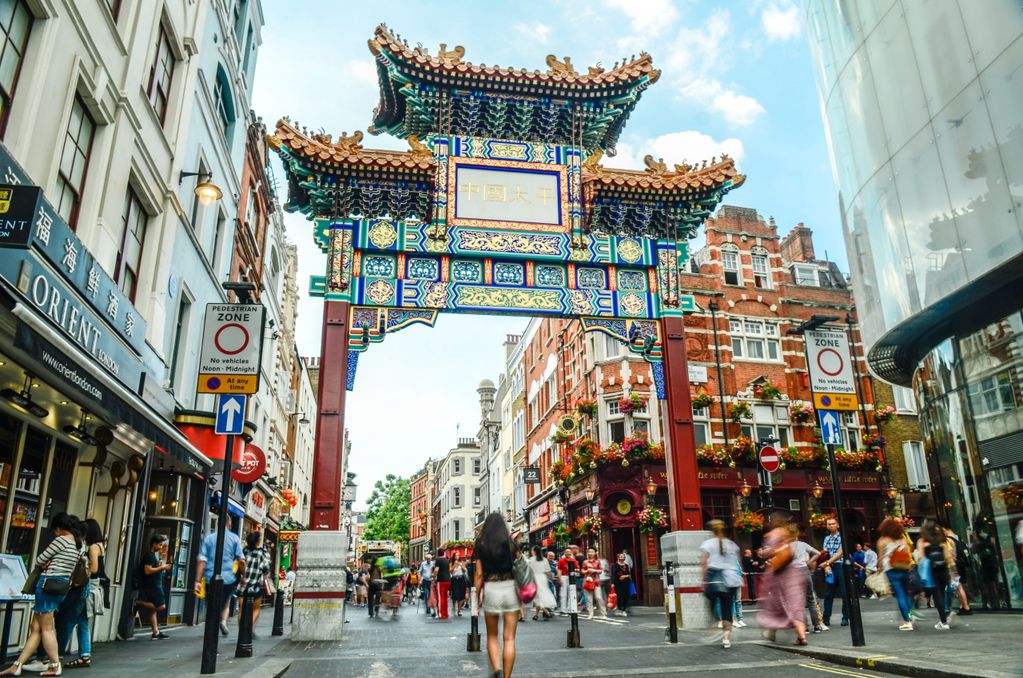
- Area of Expertise
- Global Europe

Director of Nanyang Technological University’s European Union Centre
Yeo Lay Hwee is Director of the European Union Centre in Singapore and Senior Research Fellow at the Singapore Institute of International Affairs
The Association of Southeast Asia Nations (ASEAN) celebrates its 50th birthday on 8 August 2017. It should be a joyous occasion, were it not for the profound uncertainties brought about by the election of Donald Trump as 45th President of the United States. Trump, through his ‘Twitter diplomacy’, his outbursts and his appointments of ‘hawks’ to defence and trade positions in his cabinet, has signalled major changes in US foreign policy. His threat to slap tariffs on Chinese goods and launch a trade war would have disastrous consequences for the region.
As ASEAN gears up for its golden jubilee it is crucial to reflect on the challenges, to manage future risks and prepare for uncertainties. A united and cohesive ASEAN is vital if it is to help its member states navigate its way through the choppy waters and storms ahead, and to survive for another 50 years.
ASEAN was founded in 1967 at the height of Cold War tensions, and with regional disputes still fresh in memory, particularly the ‘Konfrontasi’ unleashed by Indonesia in 1963 against its smaller neighbours, Singapore and Malaysia. Against this background ASEAN’s original aim was modest: to keep peace in the region through respect for each other’s sovereignty and adherence to the principle of non-intervention. ASEAN was to be a forum, a tool for member states to manage common threats of communist insurgencies while balancing internal sensitivities and conflict.
The Association has come a long way since then. It has had its fair share of ups and downs, of trials and tribulations. But what is remarkable is that despite initial scepticism about its feasibility and continued doubts about its relevance, ASEAN has been able to reinvent itself and confound its critics to survive for half a century.
ASEAN began as an organisation to manage the insecurities and the legacies of conflicts in South-East Asia, and to build confidence among its founding members. So it has prioritised form over substance, focusing on process rather than outcome in its initial years to maintain a modicum of order and civility.
ASEAN has been consistent in rejecting the EU as a model
Norms and practices such as ASEAN’s principle of non-interference and its consensual approach to decision-making, its lack of formal institutions and legal framework, have led scholars and policy-makers to criticise the Association. This was particularly the case for those who held the European Union as the ‘gold standard’ of regional integration. Yet ASEAN has survived for 50 years and been recognised as a key expression of regional cooperative activities in South-East Asia. Its norms and practices have also extended to other broader regional frameworks such as the ASEAN Regional Forum (ARF) and the East Asia Summit (EAS), setting the stage for what is referred to as ‘ASEAN centrality’. Through this ‘centrality’, ASEAN has played a key role in managing major power relationships in the Asia-Pacific.
Although it is tempting to draw comparisons with the EU, ASEAN has been consistent in rejecting the EU as a model. But in the aftermath of the Asian financial crisis, and facing serious economic competition from China and India, it has begun a process of pursuing deeper regional economic cooperation. It has started to adopt some euro-jargon and speak of creating an ASEAN Economic Community with an emphasis on institution-building and formal rule-making. This has resulted in the adoption of the ASEAN Charter, which was signed in 2007, marking 40 years of ASEAN cooperation. Another significant milestone of ASEAN’s deepening cooperation was achieved at the end of 2015, with the launch of the ASEAN Community.
Despite all these achievements there are concerns about the ability of ASEAN and its member states to meet future challenges as it embarks on its next phase of regional integration and community-building under the ‘ASEAN 2025: Forging Ahead Together’ agenda.
2017 promises to be a year fraught with uncertainties: populism, nationalism, Brexit and Trump all have serious implications for the region. But ASEAN’s unity has already been breached and its centrality already questioned as China aggressively asserts its claims in the South China Sea – part of increasing geopolitical competition with the US. Four out of ten ASEAN members are claimant states in the South China Sea disputes and tensions have been rising over competing claims. These claims have, sadly, accentuated intra-ASEAN differences. Combined with China’s divide-and-rule strategy, it meant that for the first time in ASEAN’s history a joint communiqué was not issued after a meeting of ASEAN foreign ministers in 2012.
ASEAN’s original aim was modest: to keep peace through respect for each other’s sovereignty and adherence to the principle of non-intervention
The election of Rodrigo Duterte as President of the Philippines in May 2016, and his changing rhetoric towards the US and China, had unexpectedly scaled down the tensions between China and Philippines over South China Sea. The Philippines takes over the ASEAN Chairmanship in 2017 and is hopeful that progress on the Code of Conduct in the South China Sea could help ASEAN-China relations.
China may be prepared to strengthen ties with ASEAN as it faces an unpredictable Trump. The President has threatened China with trade tariffs; called China a currency manipulator; and tweeted that even the long-standing ‘One China’ policy is up for negotiation. Trump’s withdrawal of the US from the Trans-Pacific Partnership (TPP) agreement shifted the spotlight to the Regional Comprehensive Economic Partnership (RCEP), a proposed deal that would bring about greater economic integration between the ten ASEAN member states, China, Japan, Korea, India, Australia and New Zealand. ASEAN needs to retake the initiative in the economics arena by deepening its own ASEAN Economic Community, and provide the necessary leadership to advance negotiations within the RCEP.
While ASEAN’s original role was to manage security dilemmas and to provide some margin for manoeuvre and autonomy in a region of contesting major powers, in the coming years ASEAN’s efforts will focus on economic issues: helping to keep the global economy open; pushing back against anti-globalisation sentiments; combating anti-trade sentiment. The successful conclusion of the RCEP will provide some cheer to those fighting rising protectionist forces.
The increased tension and rivalry between the US and China, and the potential for a real clash between these two, will challenge ASEAN’s centrality. But the very risks and the enormous harm that would be inflicted on all of us should there be a conflict between these two giants should energise ASEAN to stay united and engaged with them, and help them to bring about a grand bargain. The EU should welcome this and work closely with ASEAN to bring about continued peace and stability in the region.
Next event In person & livestreamed

Past event

Past event Online
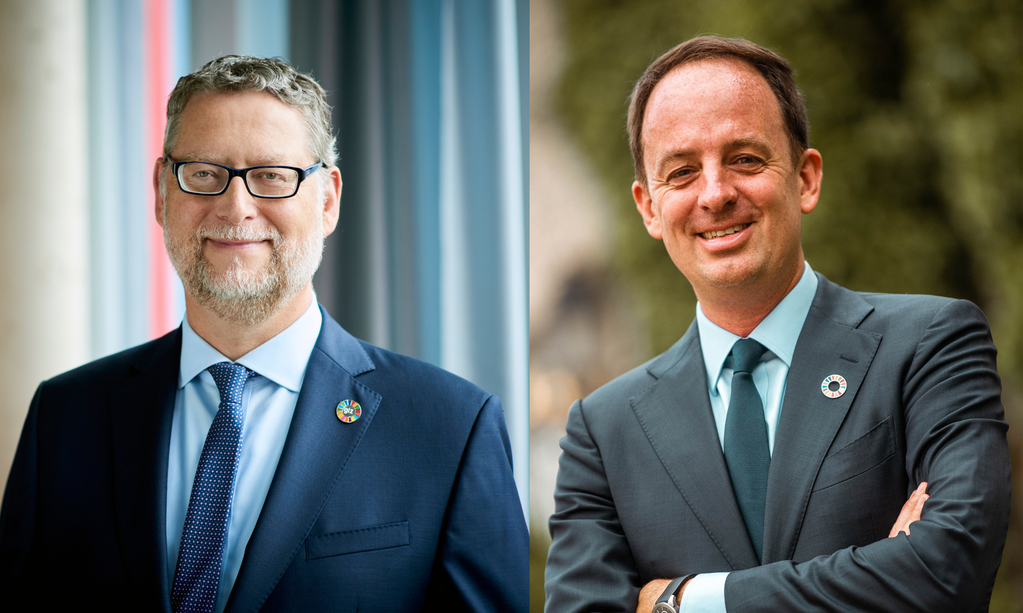
Past event IN PERSON & ONLINE

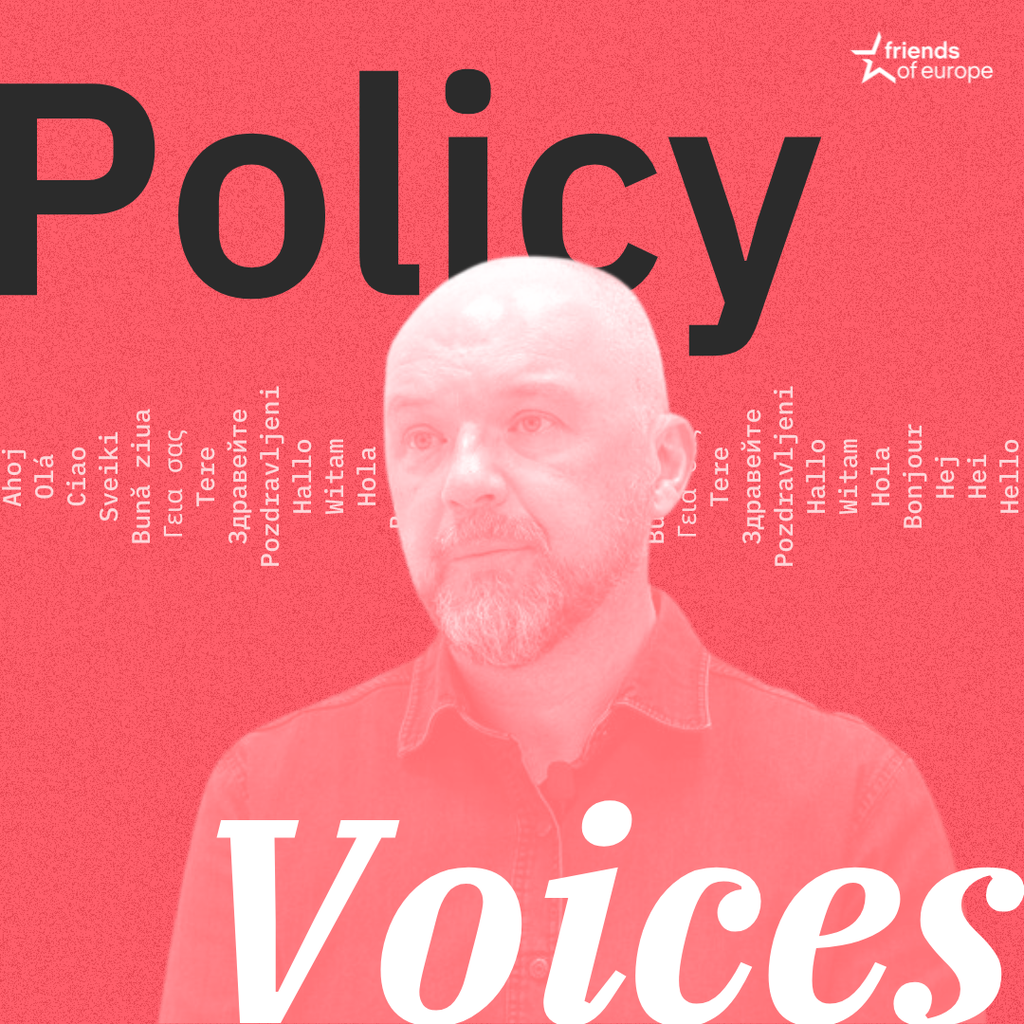
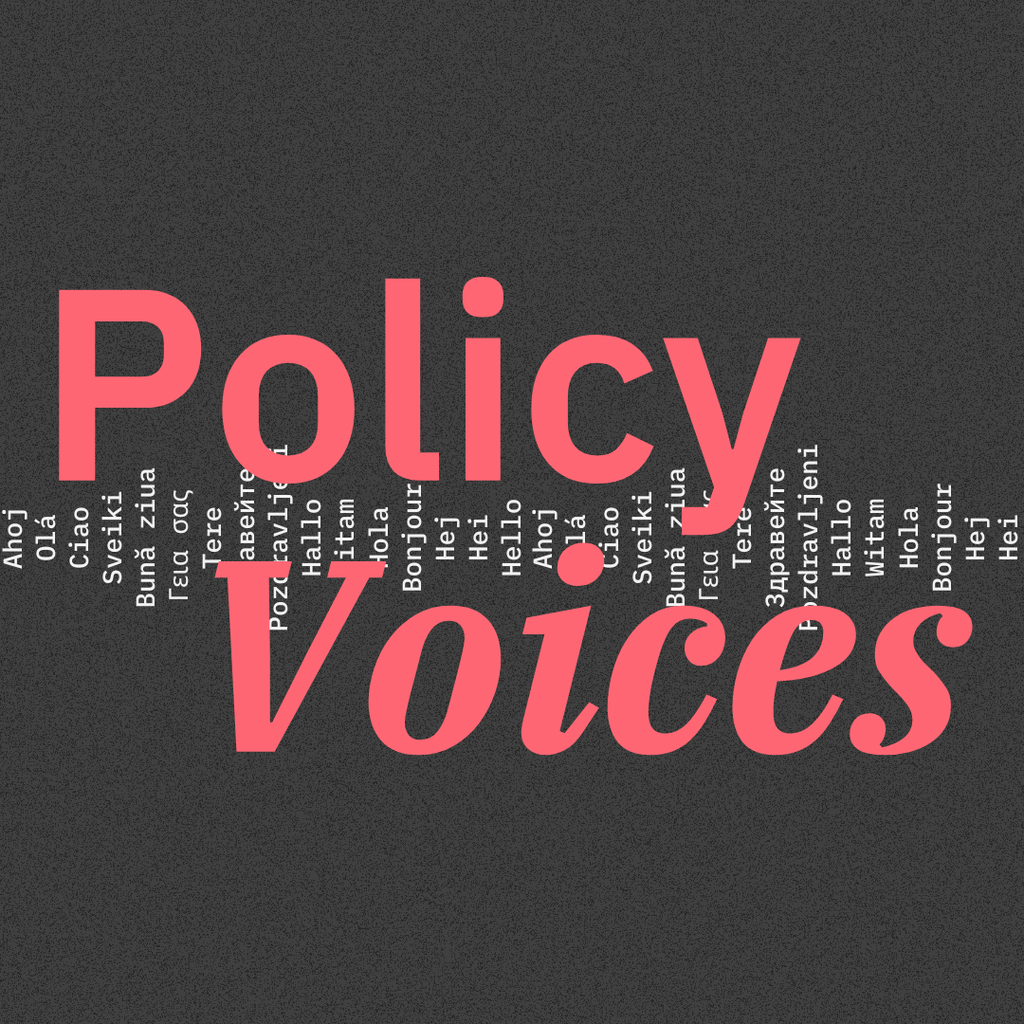
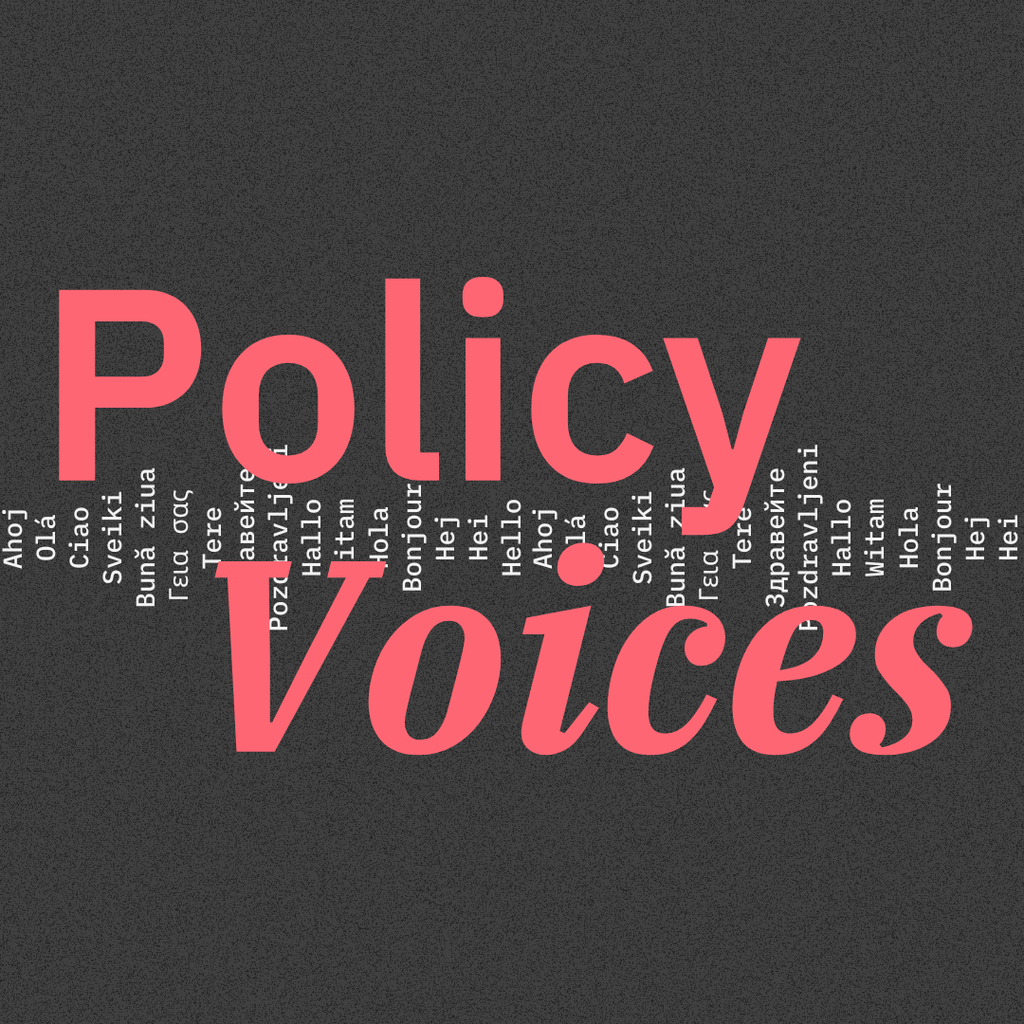

Stay informed
We use cookies and similar technologies to adjust your preferences, analyze traffic and measure the effectiveness of our campaigns. Learn more about our privacy policy.